7 Things I Learned After Driving A 2018 Land Rover Discovery
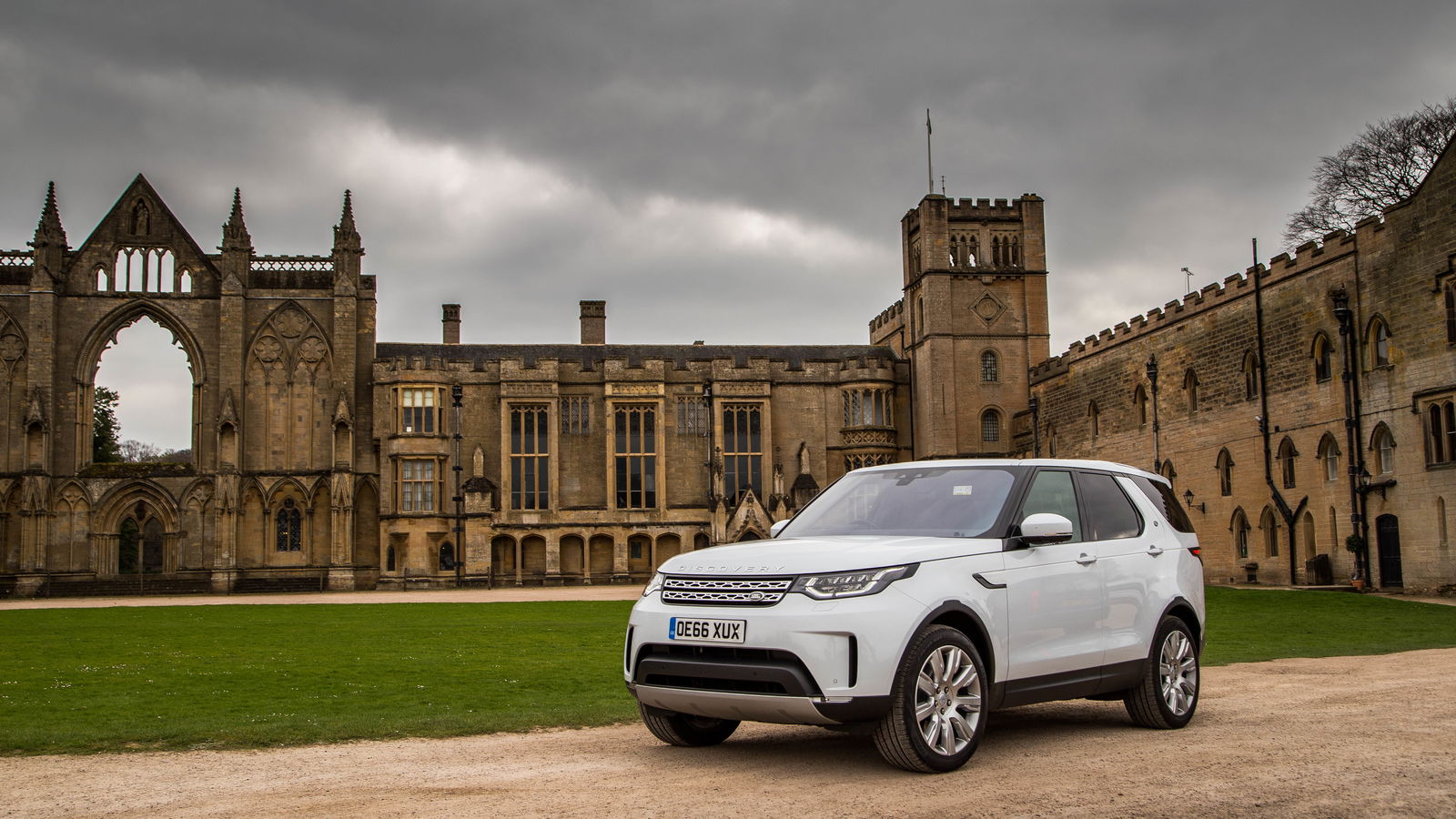
It feels more like a car to drive
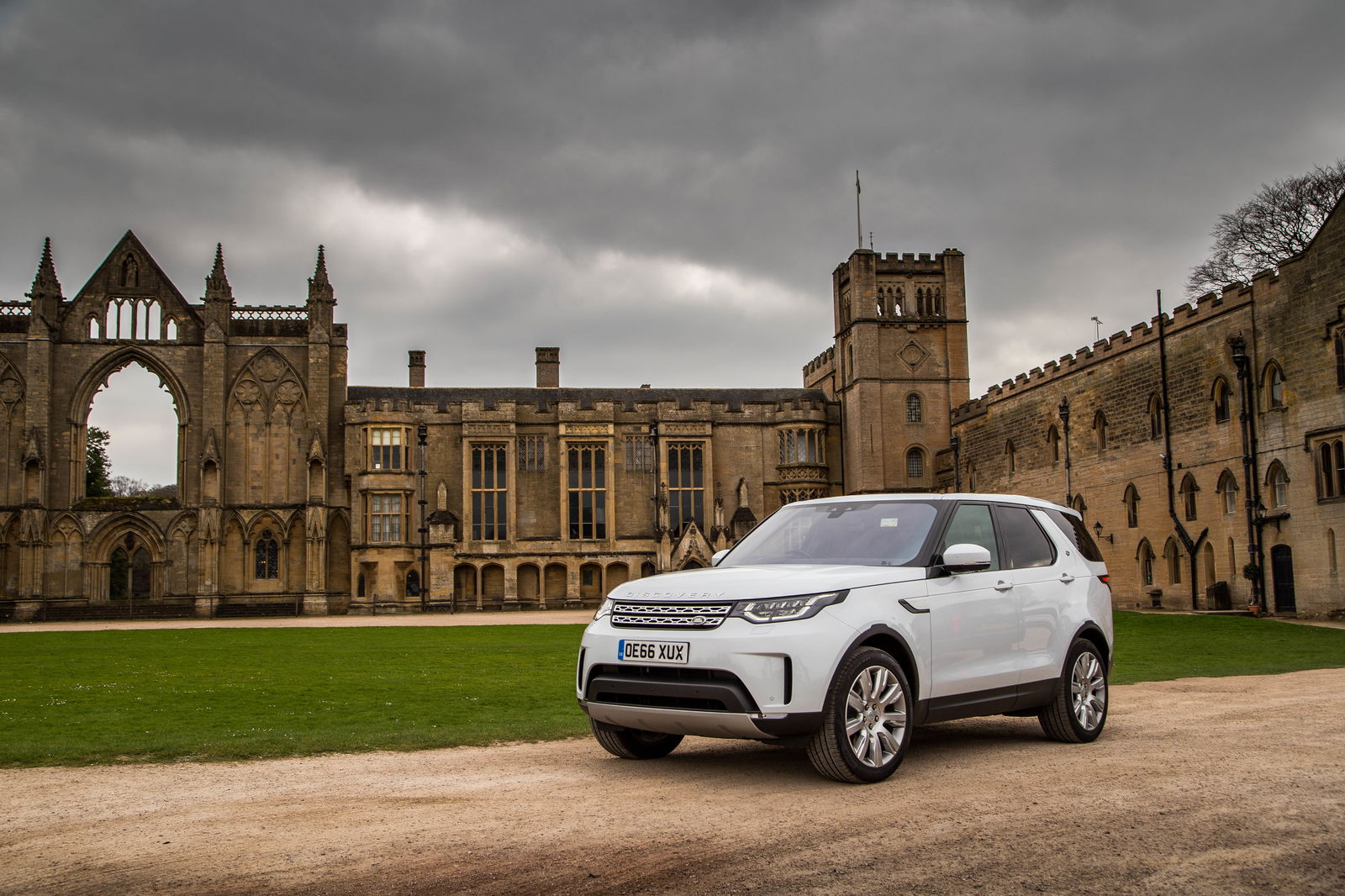
The old Land Rover Discovery was a relatively simple brute under the skin. It was one of the few non-pick-ups on the new market to have a thoroughly old-school steel ladder-type chassis, but this time, JLR has dragged the Disco into the 21st century, at last giving it a proper 85 per cent aluminium monocoque construction. The results are startling, giving anything up to a 480kg weight saving. Granted, the lines are blurred a tad as the entry-level cars now sport inline-four cylinder engines as opposed to V6s, but whichever version you drive, it’ll be substantially lighter than the equivalent Discovery 4.
The changes under the skin mean the fifth-gen Discovery now feels less like a truck to drive, and more like a car. The ride is smooth and relaxing, and the driving experience - on the whole - nicely separates you from the outside world.
But it’s no Range Rover Sport in the corners
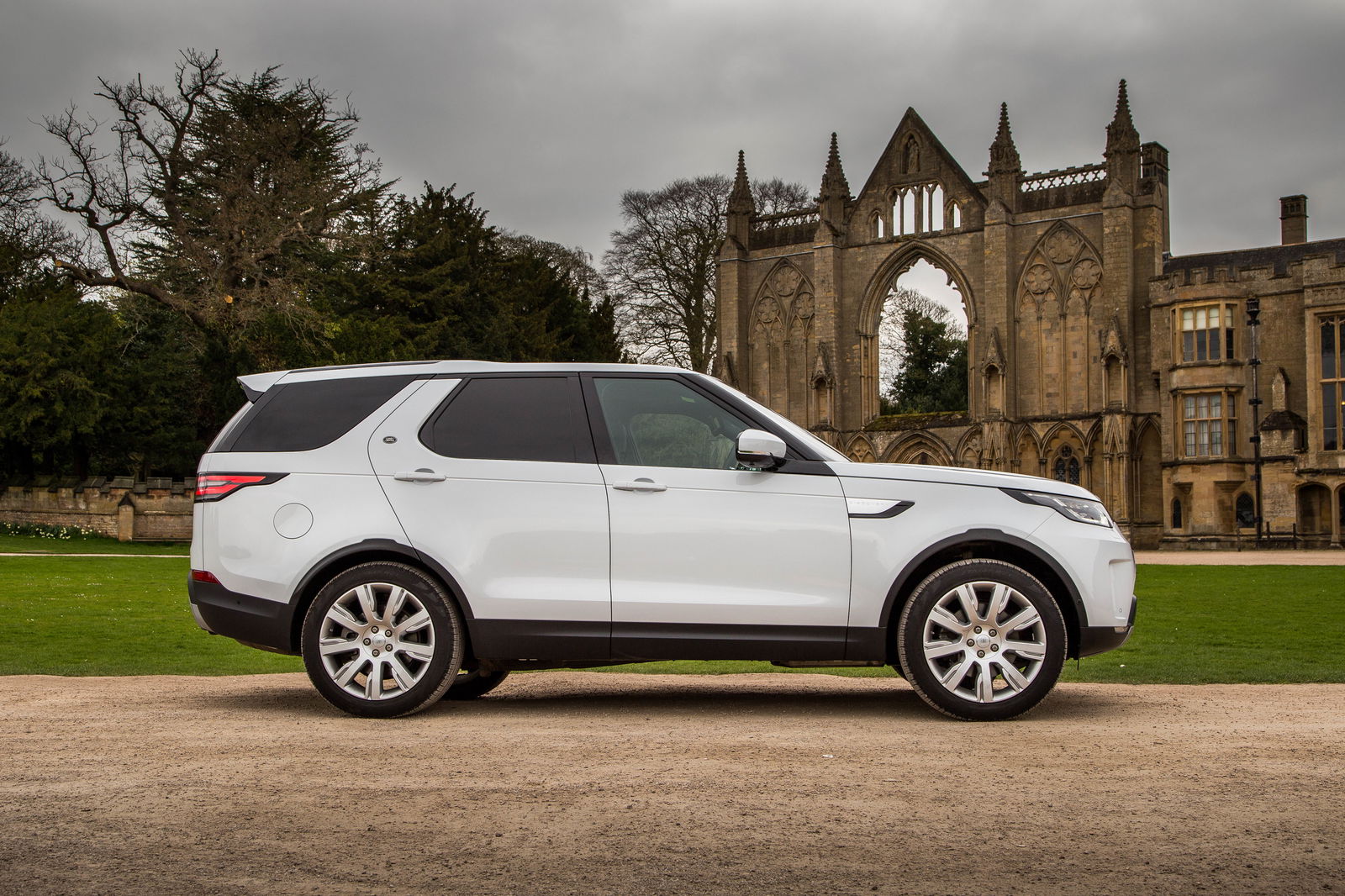
Just because the Discovery is more like a car to drive, it doesn’t mean you can suddenly lob it around like a Range Rover Sport. This is a comfort-focused car with a lot of ground clearance, and it behaves as such when you go around a corner. And by that, I mean there’s rather a lot of body roll. A stiffer, road-going suspension setting might be nice though, since adaptive, air-filled dampers are fitted as standard.
The infotainment still isn’t good enough
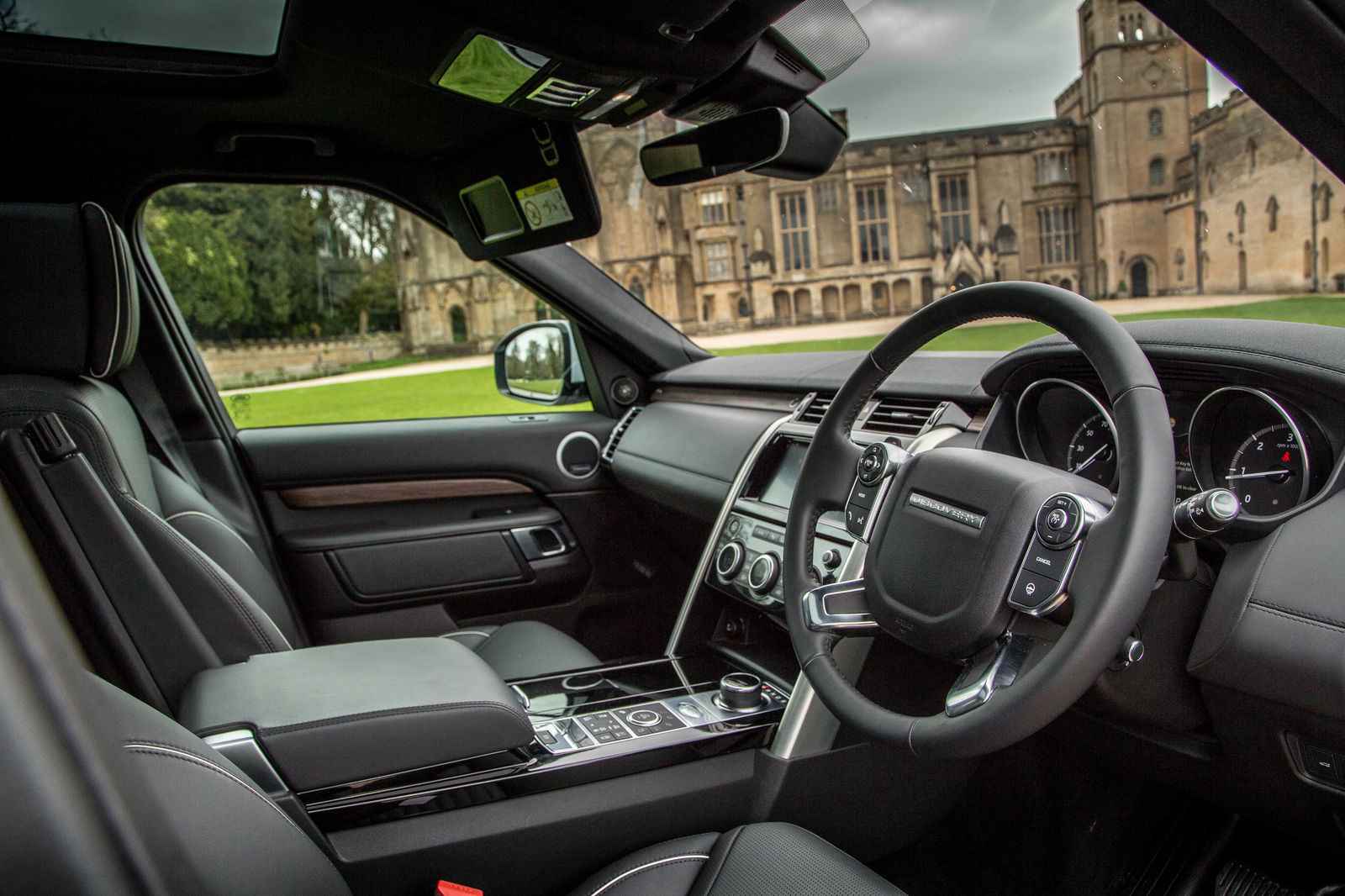
As standard, all Discoveries get JLR’s In-Control Touch Pro infotainment system. It’s a huge improvement over the older, excessively clunky In-Control Touch, but it still doesn’t react quickly enough to your inputs. It’s not particularly intuitive, nor is the display itself the most crisp.
It makes driving over rough terrain spectacularly easy
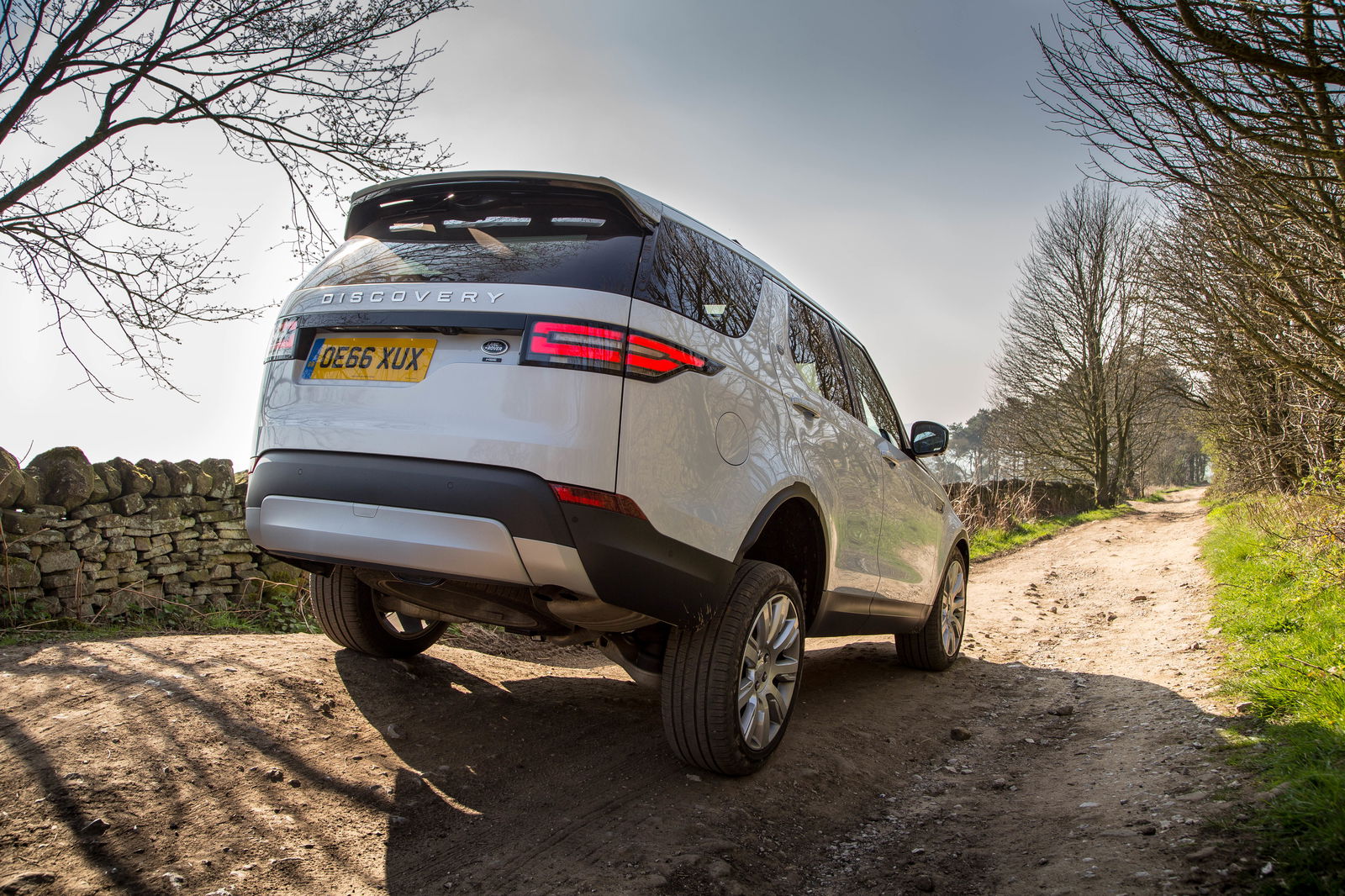
To answer the question of “is the Pope Catholic?” levels of obviousness, yes: the new Discovery is sublime off road. It’s a mix of good old fashioned ground clearance and body design giving class-leading approach, departure and break-over angles plus wading depth, complimented by a stupid amount of tech. We’re talking automatic locking differentials, something called ‘All Terrain Progress Control’ - which is essentially an off-road cruise control - and a new version of Land Rover’s Terrain Response system.
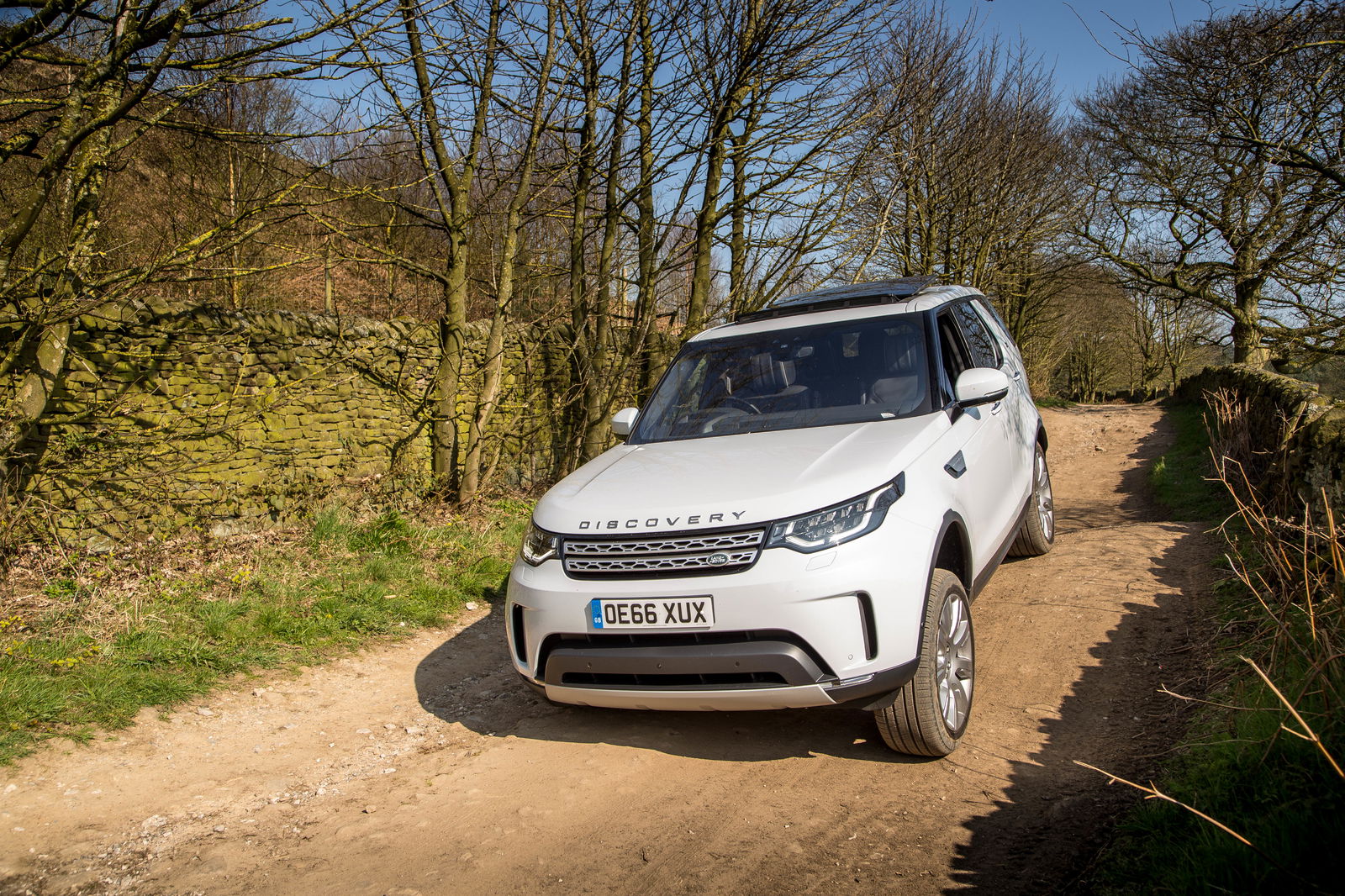
The latter lets you choose from the following modes: General, Grass, Gravel and Snow; Mud and Ruts; Sand; and Rock Crawl. Each one has its own settings for throttle response, steering, suspension and traction control, allowing for easy off-road heroism even if - like me - you have no clue what you’re doing. We tried the Discovery out on a particularly rough and tricky Green Lane, but it was clear we were barely scratching the surface of what it’s capable of.
The off-set number plate could take a while to get used to
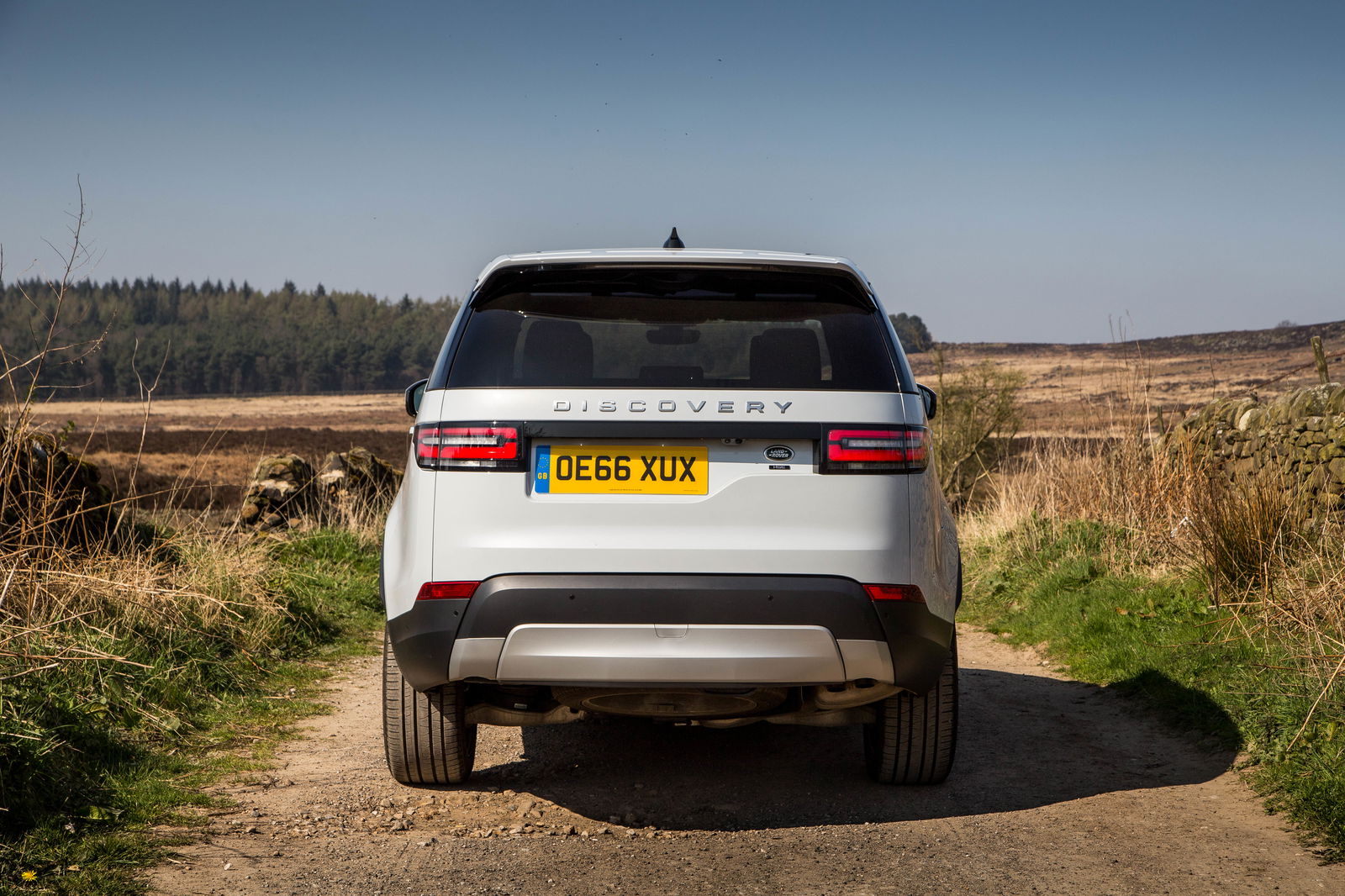
Every Discovery since the first generation has sported an off-set number plate, in most cases to keep it out of the way of the tailgate-mounted spare wheel. It looked fine on previous iterations, probably due to being mounted nice and low, but now it’s positioned further up the tailgate, it just looks like it’s ended up there by mistake.
You might get used to it after a while, but after a road test lasting just under a week, I was still looking at it with one eyebrow firmly raised. It certainly raised a mixed reaction whenever I posted about the car on Instagram, too.
The packaging is brilliant
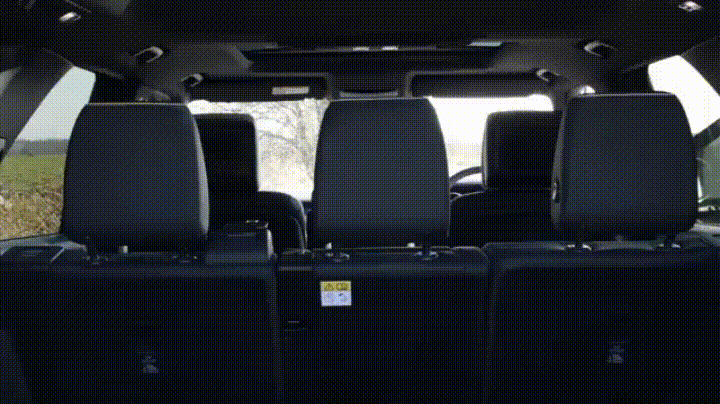
As much as we’d like to think the Discovery’s planet conquering off-road ability is going to be the main draw for buyers, it’s more likely to be the packaging. And we can see why. Yes, it’s a seven seater, but what’s key is that none of those seven seats are crap. The rearmost pair aren’t just token seats for small children or for stuffing a pair of adults back there for a very short journey: you can comfortably fit two full-size humans back there without them hating you intensely within five minutes.
Each row has a ventilation system to enjoy, so it’s not like the people in the cheap seats will get too hot or cold. And if you’re wondering where the latest Mac’s USB ports have ended up, it seems Land Rover has pinched them for the Discovery: it has nine in total, littered about the cabin to let every passenger charge their iPhone, iPad or iWhateverElse. There are four 12-volt sockets on top of that, too.
The party piece is the seat folding system, which is now all electric. You fold down whatever you like via the switches in the boot, even folding the whole lot flat in just 14 seconds should you want a gargantuan 2558 litres of load space to play with. However, if you have all seven seats out, boot space is reduced to a pitiful amount, halved by the fold out shelf (no split-folding tailgate this time, I’m afraid). Ingress and egress for the rear two seats isn’t easy either - you don’t have a huge gap to get back there.
I’m not sold on the SD4
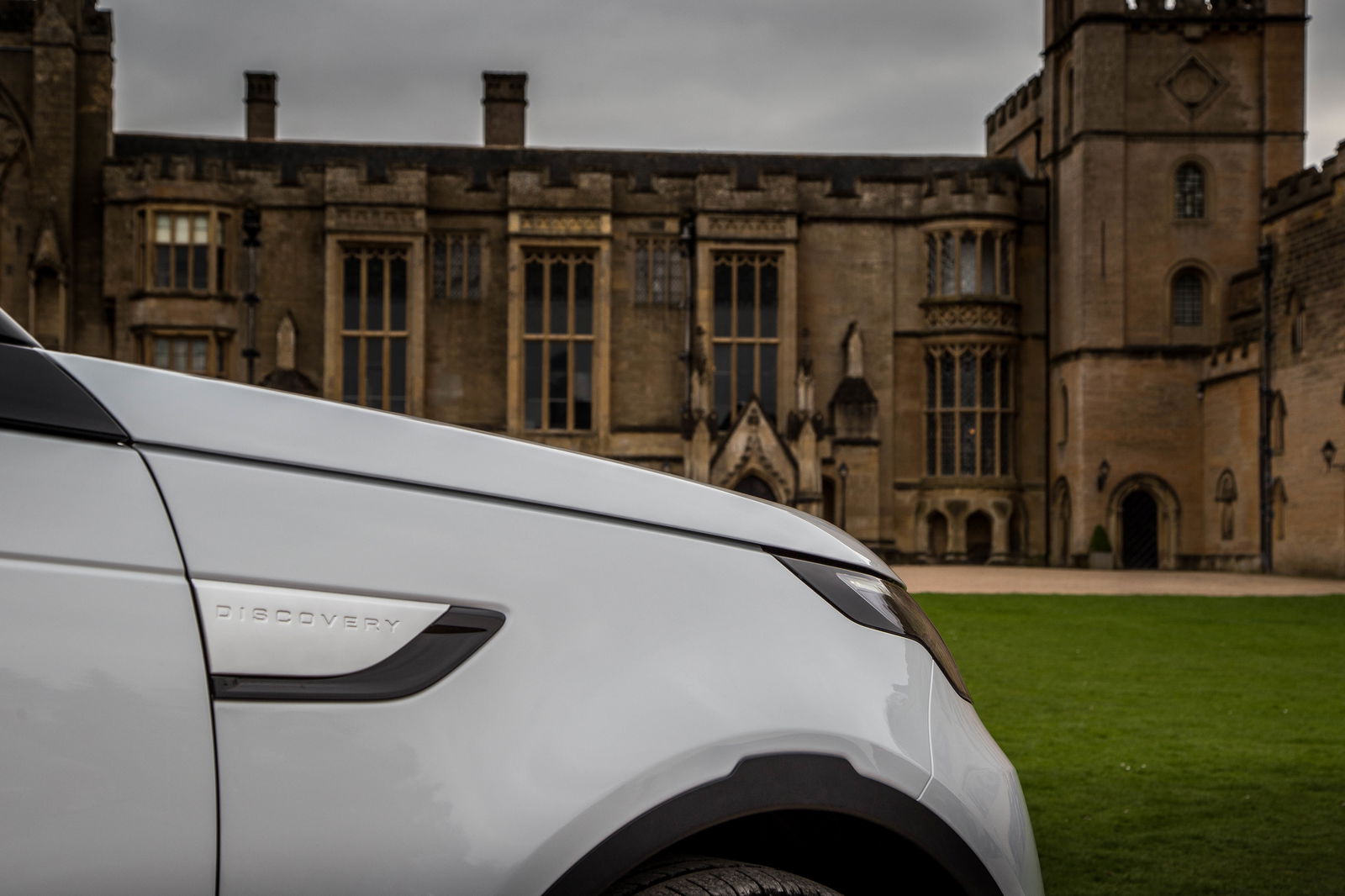
On paper, the 236bhp and 369lb ft, twin-turbo ‘Ingenium’ diesel sounds like it’ll do the job just fine. It allows for even the 2115kg Discovery to get from 0-60mph in eight seconds, so pootling around normally shouldn’t be an issue. However, the four-cylinder unit isn’t the most refined diesel engine out there, and it always seems to be making a big deal over brisk forward momentum.
With decent sound-proofing you’re better shielded from the engine’s laboured efforts than in other Ingenium-equipped JLR vehicles, but the eight-speed ZF gearbox here has a habit of holding onto gears for too long. It’s very slow to react off the line too, so you’ll have to get used to waiting at side turnings and roundabouts for bigger gaps in traffic to appear. Most other manufacturers have done a much better job of making the widely-used ZF ‘box work with their products, so it’s a shame to see it’s far from perfect here.
The 3.0-litre TDV6 - which we’re yet to try - is only slightly more powerful, but it might be worth considering for the extra refinement.
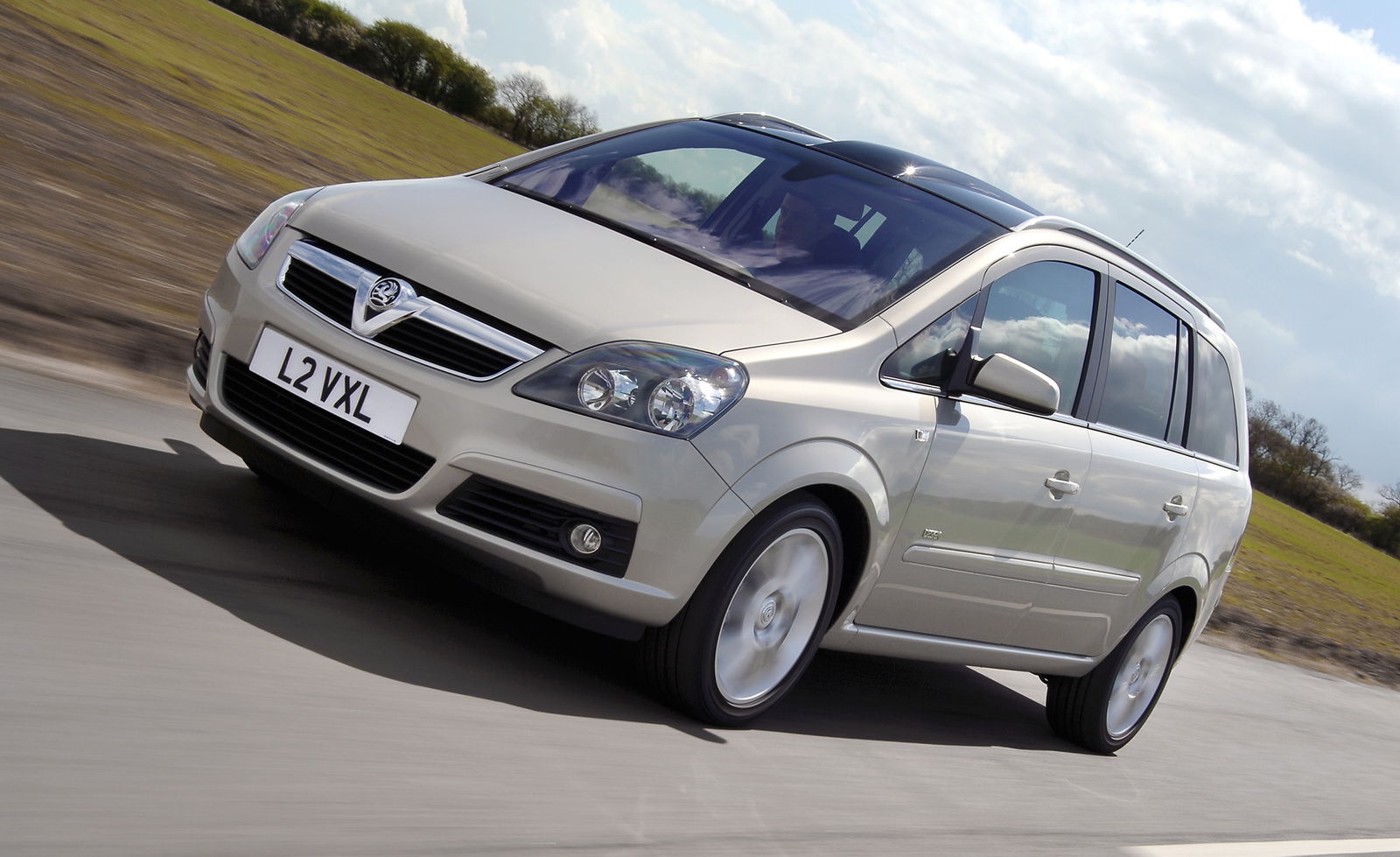

Comments
I only count six things?
There is something so wrong with the rear end of the car not counting the numberplate but I cant really tell what it is. Its just looks weird
So you DISCOVER a lot after driving it!
That offset number plate hurts my head. I understand it’s a nod to previous design, but that was out of necessity and reason.
This is just… irritating.
8: It makes you feel like a perimer league footballer.
Everyone is going to say this but…I think I’ll need to see a lot of Discoveries on the road to get used to that offset license plate. I just wish I could take it off, and place it in the middle. Or at least LR could’ve put it in the middle for those cars that don’t have the spare wheel. Overall, it’s exactly what I’d have expected to see from it.
Now I’m just waiting to see what reveiwers think of the Velar.
One last thing, 6 Things not 7!
Land Rover going off road you don’t see that very often
Wow bro very nice review. And here I’m a person who at least sat in Merc van
Rear end looks absolutely weird and flat……what’s wrong with the plate position?I know the previous one also like that but this one just doesn’t match
The New Land Rover Discovery Is a great SUV
Pagination